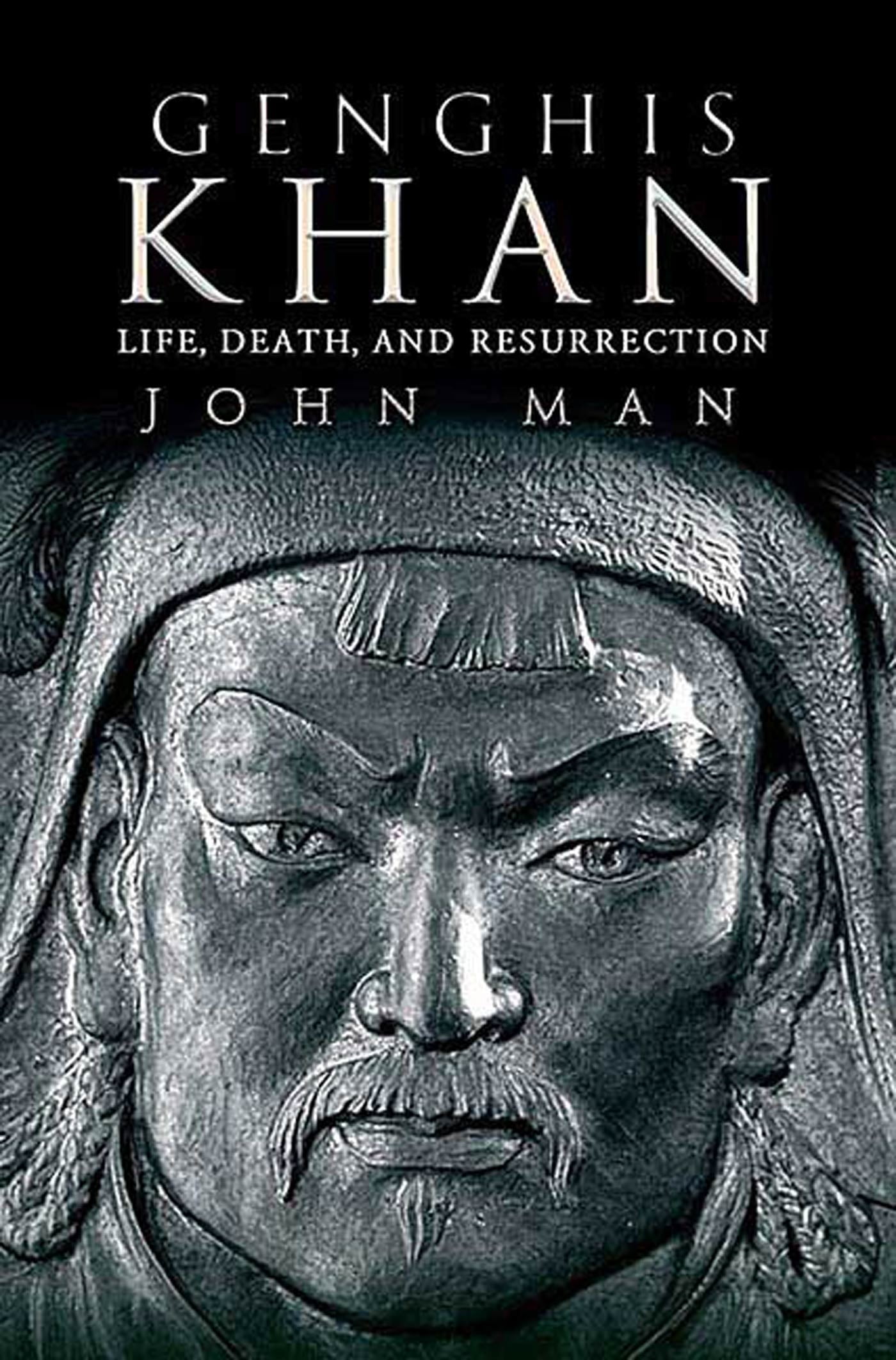
We see the rolling grasslands, usually empty save for the skylarks and the grasshoppers, invaded by ox-drawn wagons, by tented palaces of felt and silk, by thousands of families with their horses, camels and herds of sheep. Here the clans gathered to confirm the succession of Genghis's heir, Ogedei, and Man's book begins with a stunning evocation of that scene. The History ends at the time of "the Great Assembly in the Year of the Rat and the month of the Roebuck, when the palaces were being set up at Seven Hills, Countryside Island, on the Kherlen River". In other words he made mistakes, and, as the Secret History makes clear, it was part of his genius that he tended not to make them twice. He murdered his brother and almost precipitated a military disaster. The great ruler, we learn, was afraid of dogs (which was only prudent, says Man: Mongolian dogs are a vicious bunch). Who can forget Hoelun, Genghis's future mother, who, when she is snatched from her first husband, strips off her shirt and throws it to him, crying: "Fly for your life, and while you live remember my fragrance"? Most importantly, it paints a shrewd - and refreshingly unhagiographic - portrait of Genghis himself. First of all, it is full of vividly human stories.

Its compensating strengths, however, are enormous.

While scholars agree that it is rooted in actual events, it has its drawbacks as history: it is very short and selective, and was written too soon after the events it describes. Probably virtually completed by 1228, it survived only in Chinese versions, transliterated into Mongolian, lying hidden until the 19th century. Who was he? And how did he do it? John Man's absorbing and beautifully written book investigates a vast amount of evidence, much of it partial, much of it conflicting and much of it mysterious, to produce a thrilling account of Genghis's life, death and his continuing influence.Īny such account must begin with the remarkable Secret History of the Mongols.
.jpg)
Even before he died he was a legendary figure - hero and demi-god to his people, military scourge and murderer of millions to his enemies.

It was four times the size of Alexander the Great's, twice the size of Rome's. By his death in 1227 Genghis Khan ruled over an empire that stretched from the Caspian to the Pacific.


 0 kommentar(er)
0 kommentar(er)
